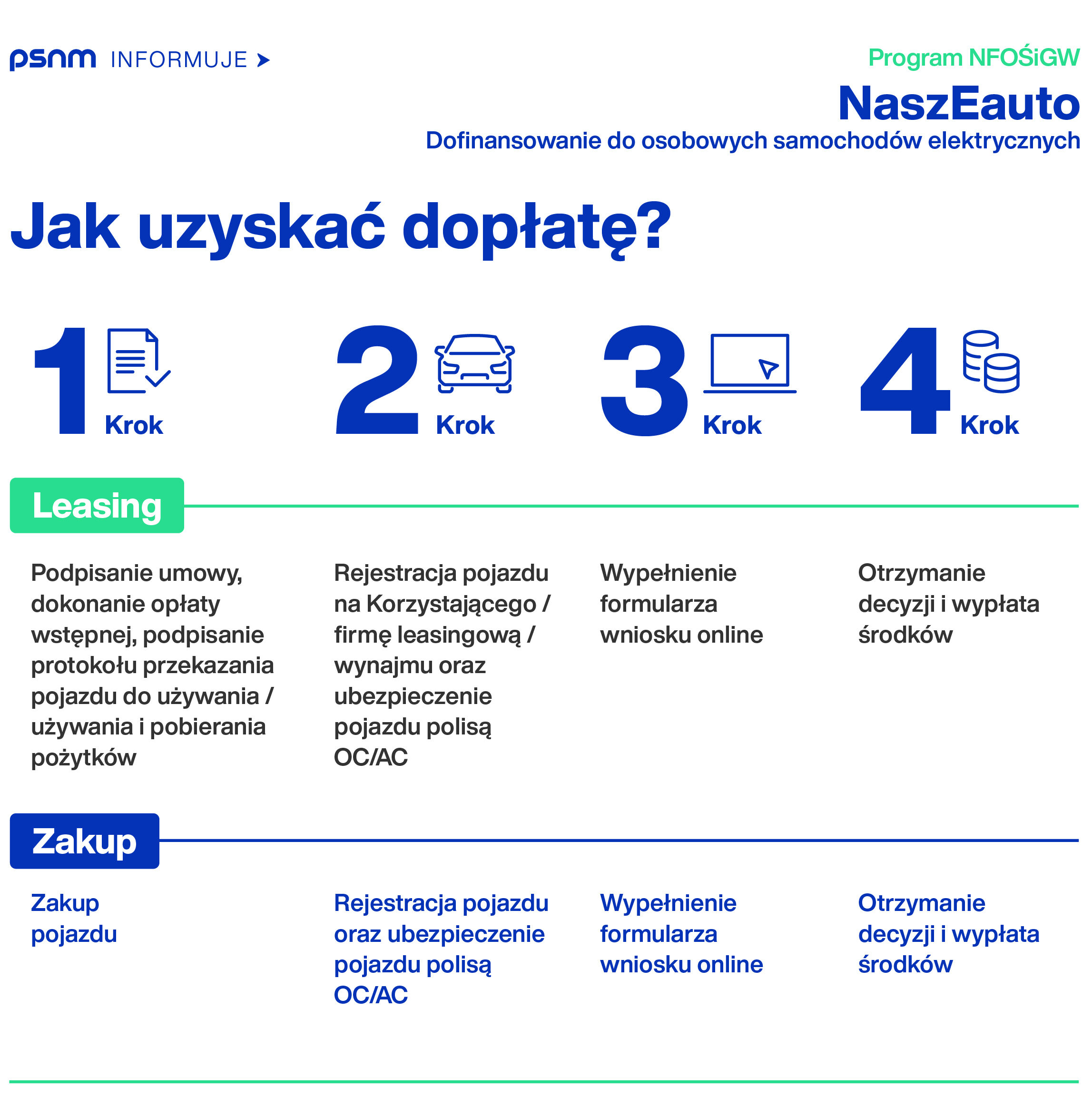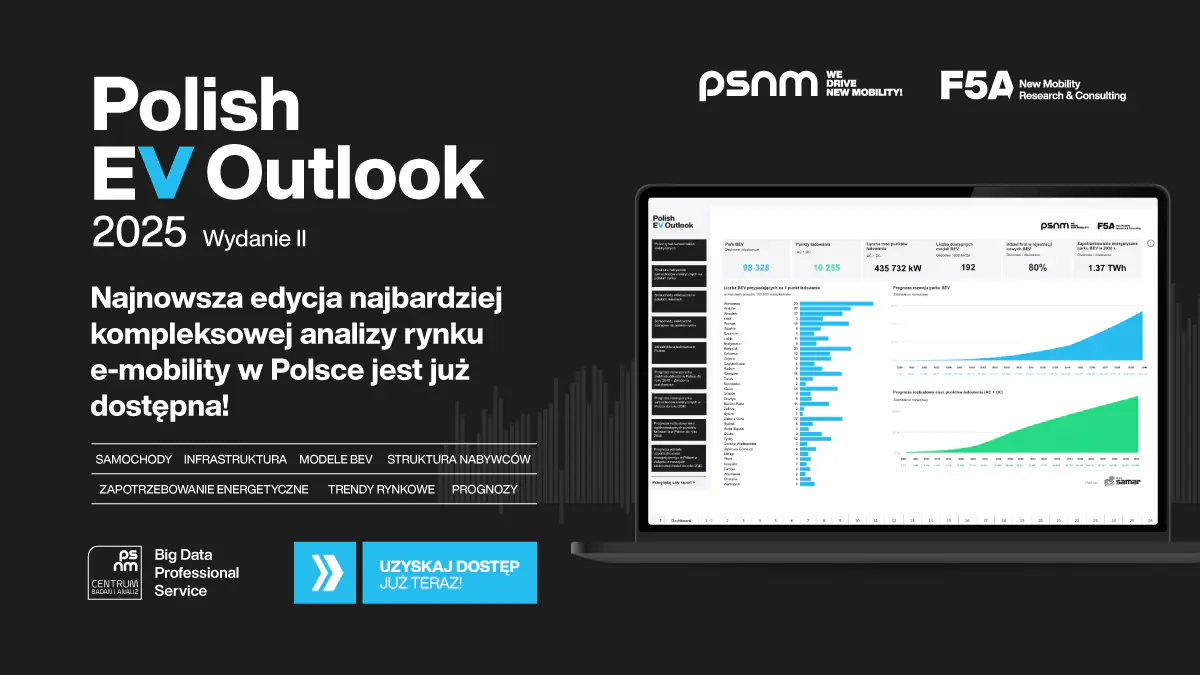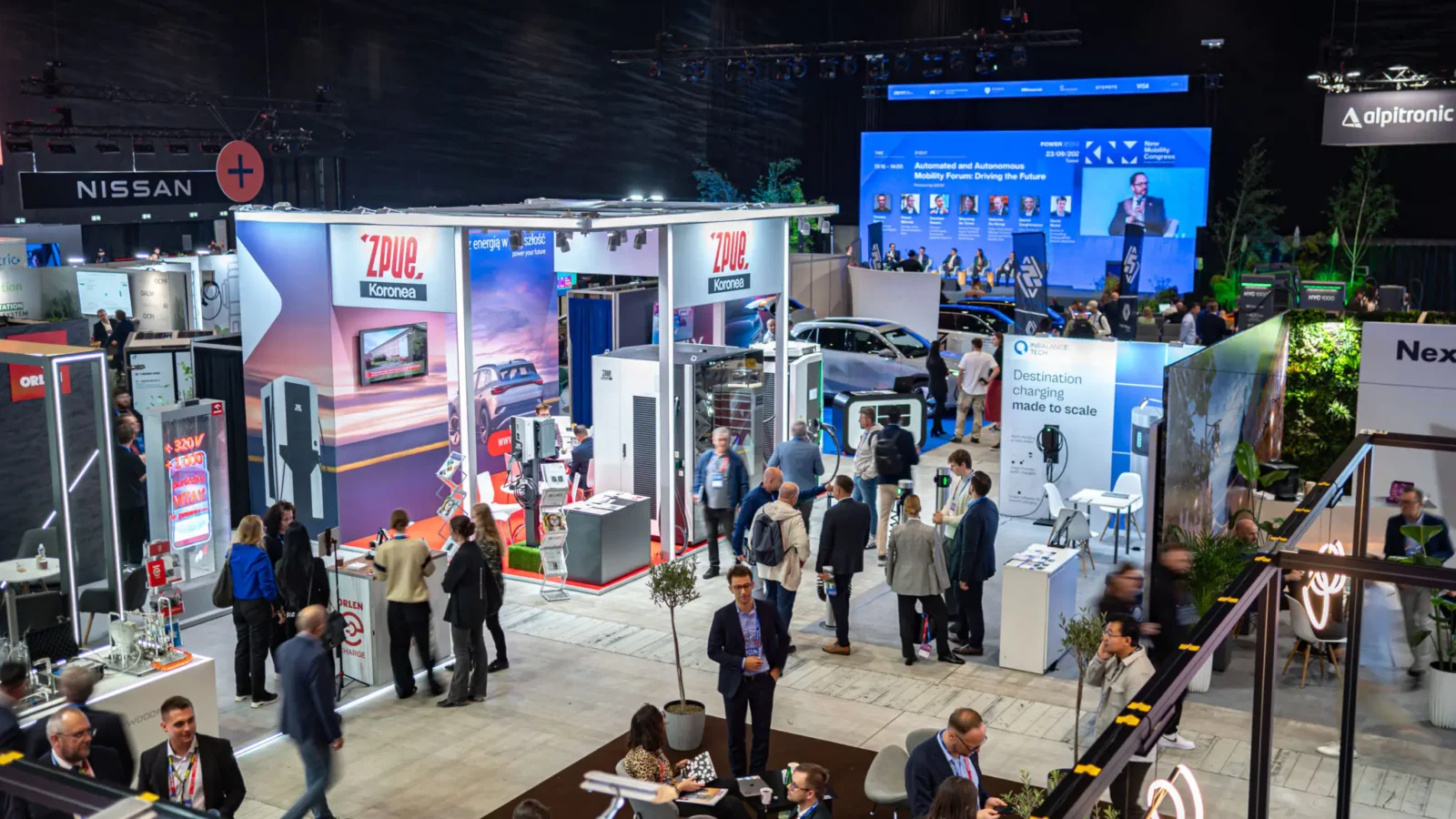-
Starting February 3, applications will open for subsidies toward the purchase of electric vehicles under the new NFOŚiGW program “NaszEauto”, which has a budget of over PLN 1.6 billion.
-
After accounting for bonuses available to individuals with an annual income not exceeding PLN 135,000 and for scrapping an old combustion vehicle, the maximum grant amount reaches PLN 40,000. The program’s beneficiaries include private individuals and sole proprietors who wish to buy, lease, or rent an electric car.
-
However, the new program is unlikely to bring a breakthrough in the market. Commercial companies, which are responsible for the majority of new car registrations in Poland, are excluded from the support scheme. The subsidies also do not cover delivery vehicles. The short application period makes it very difficult — if not impossible — to effectively use the planned budget.
-
The speed of application processing by NFOŚiGW will now be particularly crucial. According to PSNM, the overall assessment of the “NaszEauto” program will largely depend on the efficiency of the implementing institution’s operations.
The government has announced details of the new “NaszEauto” electric vehicle subsidy program (previously referred to as “My Electric 2.0”). The program is open to individuals and sole proprietors planning to purchase, lease, or rent an electric vehicle. The program’s total budget amounts to PLN 1.6 billion.
The base subsidy amount for private individuals is PLN 18,750. For Large Family Card (Karta Dużej Rodziny) holders and sole proprietors (JDG), the amount increases to PLN 30,000.
Additionally, bonuses are available for those with an annual income up to PLN 135,000 (for individuals, including KDR holders) and for scrapping an old combustion vehicle. As a result, the maximum total subsidy can reach PLN 40,000.
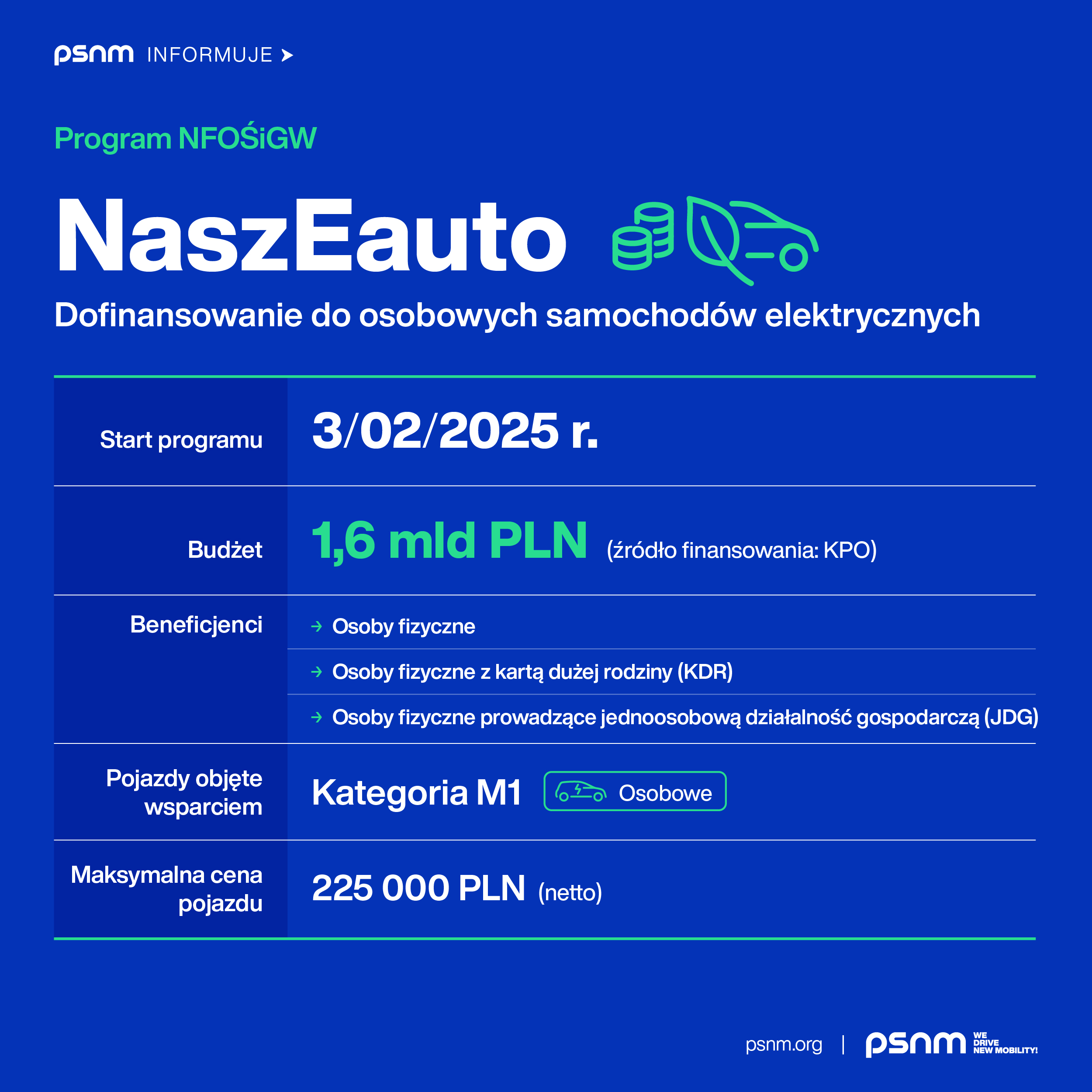
“The fact that the maximum subsidy amount has increased is certainly positive; however, in many cases, program beneficiaries will not be able to take advantage of the additional bonuses. It’s quite rare for individuals purchasing a new vehicle to have an annual income below PLN 135,000 — and even less common for them to own an old combustion vehicle that would be more profitable to scrap (even with the extra bonus) than to sell on the used-car market.
A serious drawback of the new program is the exclusion of commercial companies from support. These entities account for the majority of new car registrations in Poland, and limiting the group of eligible beneficiaries will negatively impact the market effectiveness of the subsidies in their announced form,”
says Aleksander Rajch, Board Member of PSNM.
An important change compared with the previous “My Electric” program is the increase of the maximum eligible vehicle price to PLN 225,000 net, which means beneficiaries can now apply for subsidies for electric vehicles costing up to PLN 276,750 gross.
Considering the current range of electric vehicles available on the Polish market, the subsidies could cover more than 90 BEV models across segments A to D.
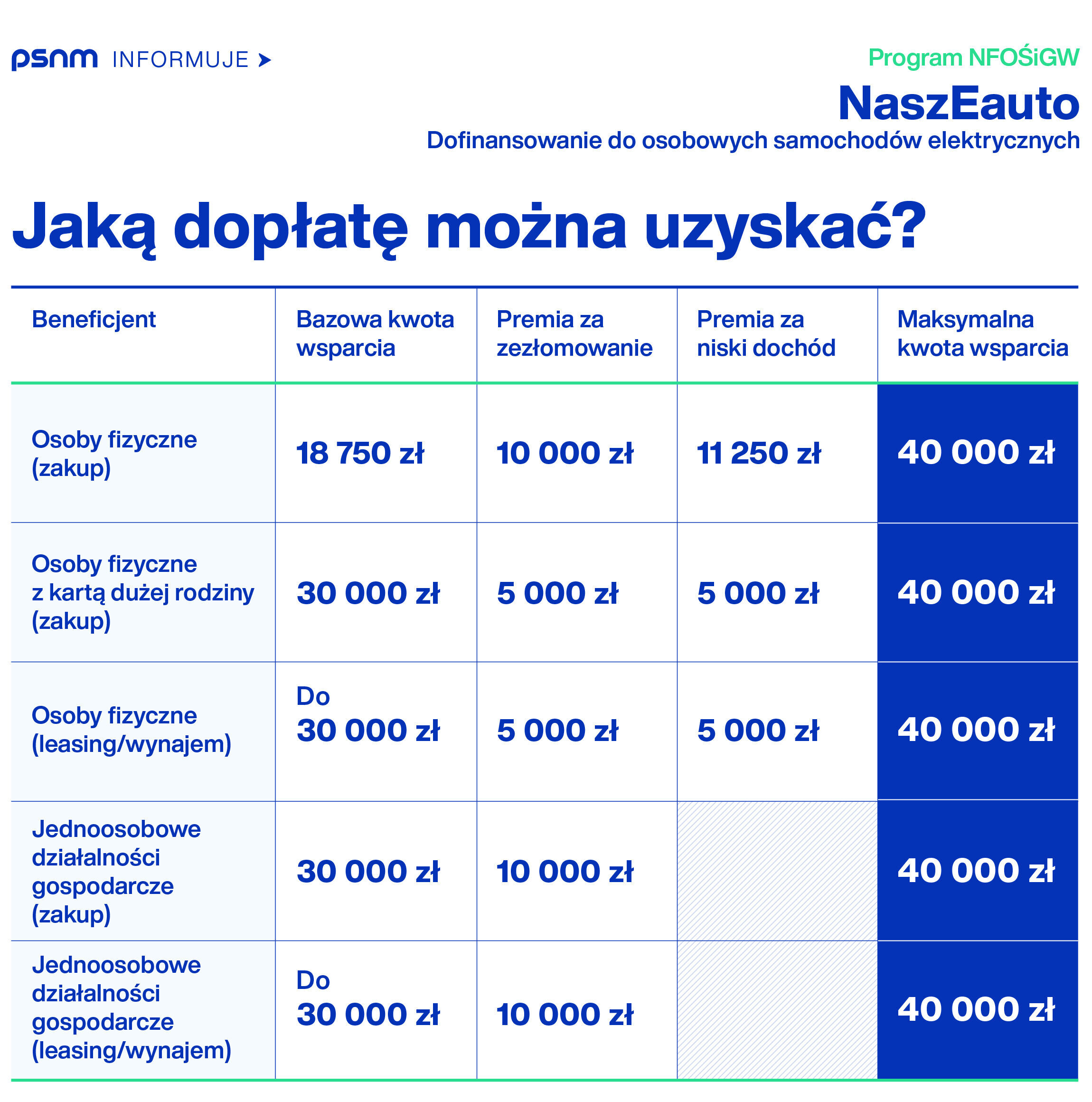
“It is certainly encouraging that NFOŚiGW ultimately decided to change the rules on VAT eligibility — the initial draft of the program assumed that the maximum price of a subsidized electric car would be PLN 183,000, which would have significantly limited the range of vehicles eligible for support. However, ‘NaszEauto’ still does not include subsidies for N1-category delivery vehicles.
Urban logistics is a market area that should be electrified first. In many cases, the price gap between electric and combustion delivery vehicles is even greater than for passenger cars. The suspension of the leasing path in the ‘My Electric’ program led to a sharp 25% year-on-year decline in new electric N1 registrations. The lack of funding for such vehicles in the new program will further deepen this negative trend,”
says Jan Wiśniewski, Director of the PSNM Research and Analysis Center.
During the conference announcing the launch of the “NaszEauto” program, public administration representatives stated that the call for applications starting in February will run until mid-2026. At the same time, this is expected to be the last subsidy program for electric vehicles to be launched in Poland.
“A much shorter application period than in ‘My Electric’, combined with a larger budget, a narrower group of eligible beneficiaries, and fewer supported vehicle categories, raises questions about the feasibility of achieving NFOŚiGW’s goal — supporting at least 40,000 zero-emission vehicles.
The budget of the new program could be spent far more effectively if its rules were better designed, or alternatively, redirected toward other purposes with a positive impact. Poland’s e-mobility market still needs strong support, especially in light of ambitious EU regulatory obligations.
Subsidies for electric vehicles are still available in many EU member states — and in many of them, unlike in Poland, financial incentives are complemented by tax breaks. Moreover, the countries that are now phasing out subsidies are those that introduced them much earlier than Poland and have already achieved significantly higher sales volumes. In Poland, the share of BEVs in new passenger car sales remains more than four times lower than the EU average,”says Maciej Mazur, Managing Director of PSNM.
